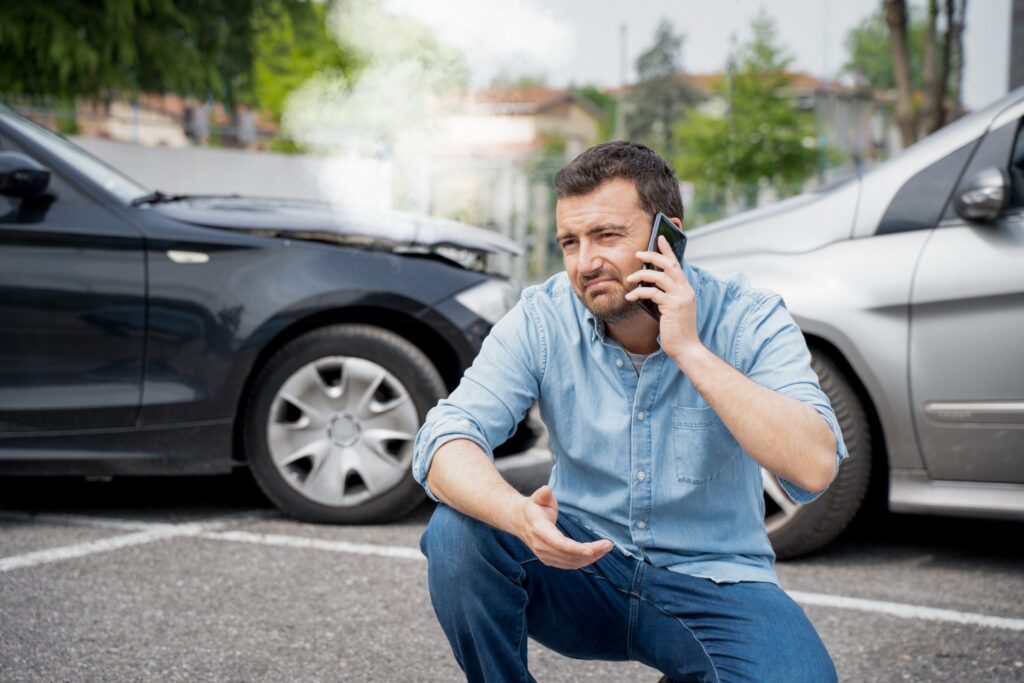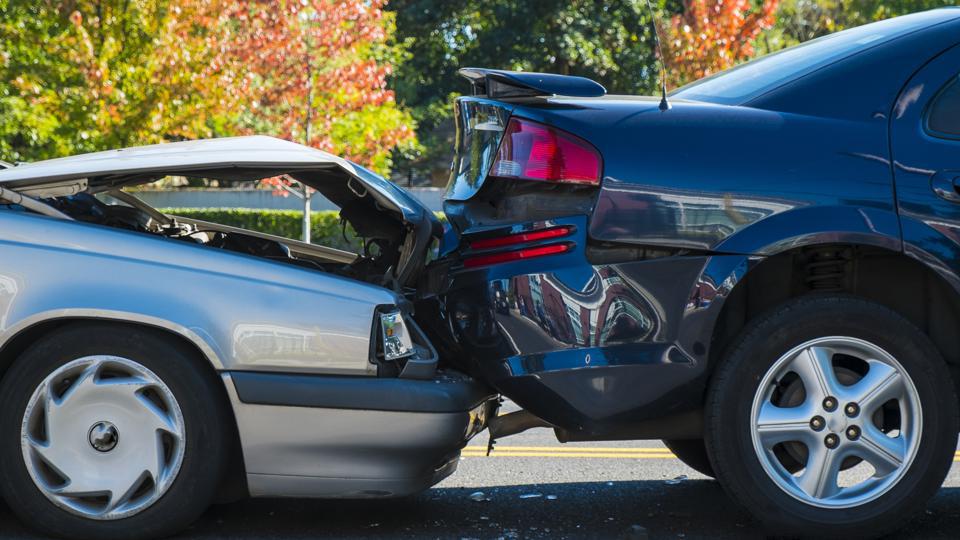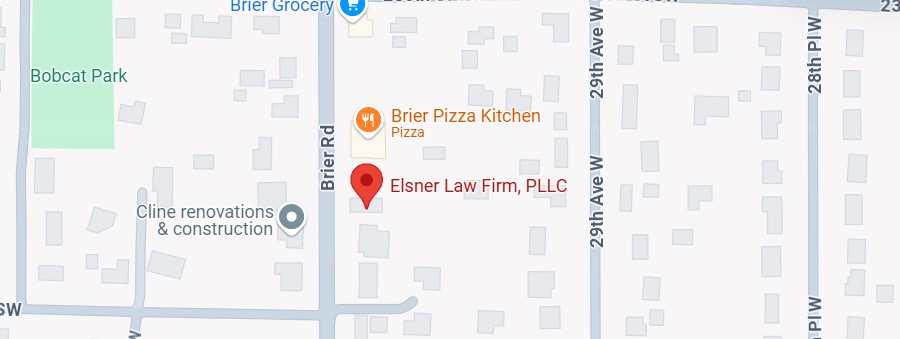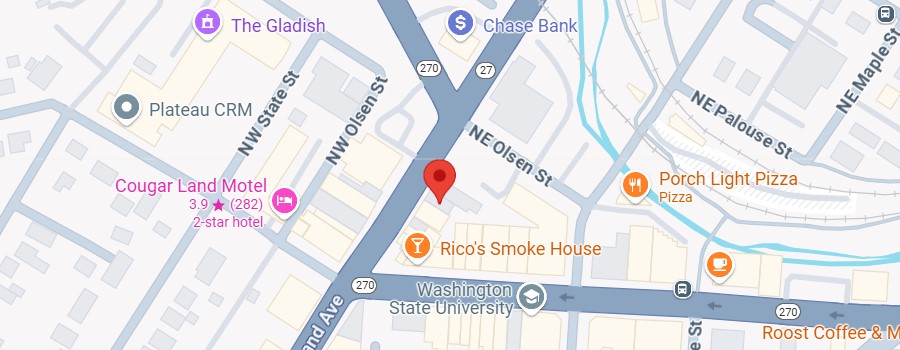At the Elsner Law Firm, we understand that being involved in a car crash is a harrowing experience, and it’s important to have the right information to help you navigate what comes next. That’s why we’re here to break down the three critical collisions that happen in every car crash: the vehicle collision, the human collision, and the internal collision. Understanding these three collisions is essential for recognizing the risks and injuries that can result from a vehicle crash. Advanced safety features like airbag deployment and automatic emergency braking are designed to help prevent collisions and reduce the risk of car collision and vehicle crash.
The First Collision: Vehicle Collision
Let’s start with the first collision—the vehicular collision. The initial contact between your car and another object sets off a chain reaction of forces that lead to the vehicle coming to a stop. In just one-tenth of a second, your car begins to slow down as the front end crushes and absorbs some of the energy from the vehicle impact. As the vehicle begins to deform, the forward motion of the occupants and loose objects continues in the same direction until stopped by restraints or other forces.
The Second Collision: Human Collision
But what happens to you, the human occupant of the vehicle? That’s where the second collision, the human collision, comes into play. Even though the car is slowing down, your body continues to move toward the point of impact at the same speed. Loose objects inside the vehicle can also become dangerous projectiles, causing additional injuries during this stage. The passenger seat and the proper use of the driver or passenger seat are critical for occupant safety during the human collision, as they help restrain movement and reduce injury risk. If you’re unrestrained, you might collide with a window or other object in the car’s path, slowing down from 30 mph to a complete stop in just a few hundredths of a second. It’s a lot of energy to absorb, and it can lead to severe injuries. Seat belts, including the lap belt and shoulder belt, are essential safety features—seatbelts save lives by restraining occupants and distributing impact forces properly. Proper use of seat belts, lap belts, and shoulder belts dramatically reduces the risk of injury or death in a crash. Examples of serious injury and common injuries from these collisions include physical injuries such as soft tissue damage, neck injuries, whiplash injuries, spinal cord damage, broken ribs, and serious lacerations.
The Third Collision: Internal Collision
Finally, we have the third collision, the internal collision, which is the most insidious. During this collision, the occupant’s internal organs and body tissues inside move towards the point of impact and hit other organs, bones, and the skull. This can result in internal injury, traumatic brain injury, and even serious traumatic brain injury, all of which can have life-altering consequences. It can lead to unseen injuries that may not manifest until later. Just because you look okay on the outside doesn’t mean you’re not hurt on the inside. These injuries may not be immediately visible or immediately apparent, so it is crucial to seek medical attention and seek medical attention immediately after a crash to ensure proper diagnosis and care.
Importance of Safety Features in Collisions
Advanced safety features such as airbag deployment and automatic emergency braking play a vital role in reducing the severity of injuries during all three collisions. These technologies work to protect occupants by absorbing impact forces and preventing or lessening the likelihood of a collision.
Legal Support After a Crash
At the Elsner Law Firm, we’re here to help you navigate the aftermath of a car crash. We’re committed to your well-being and success. We value open communication and go above and beyond to make sure you get the compensation you need. In the aftermath of a crash, we can help you recover medical expenses and medical costs, and work with your insurance company to ensure your rights are protected. Don’t hesitate to reach out to us if you need expert legal guidance. We offer free consultations 206-447-1425. Failing to take proper safety and legal steps after a crash can lead to severe consequences for your health, finances, and future.
Introduction to Car Accidents
Car accidents are sudden, often traumatic events that can have life-altering consequences for everyone involved. Whether referred to as car crashes or vehicle collisions, these incidents can lead to serious injuries or even fatalities. Every car accident involves three distinct collisions: the vehicle collision, the human collision, and the internal collision. Understanding these three types of collisions is essential for recognizing just how severe the aftermath of a car crash can be. By learning about the different ways injuries can occur, drivers and passengers alike can better appreciate the importance of safety measures such as seatbelts, airbags, and proper restraint systems. Taking the time to understand the risks associated with car accidents is a crucial step in protecting yourself and your loved ones from the potentially devastating effects of a crash.
Understanding the Three Types of Collisions
In every car accident, there are three types of collisions that take place in rapid succession: the vehicle collision, the human collision, and the internal collision. The vehicle collision is the initial impact when vehicles collide with each other or with another object, often resulting in significant damage to the vehicles involved. Next comes the human collision, where the people inside the car are forcefully thrown forward, sometimes striking the steering wheel, dashboard, or other parts of the vehicle’s interior due to sudden deceleration. Finally, the third collision—known as the internal collision—occurs within the body itself, as internal organs continue moving and collide with bones or other organs, potentially causing serious internal injuries such as traumatic brain injuries or internal bleeding. Recognizing these three types of collisions helps highlight the hidden dangers of car accidents and underscores the importance of taking every possible precaution to reduce the risk of severe injuries.
The First Collision: Vehicle Collision
The first collision in a car accident is known as the vehicle collision. This is the moment when a vehicle strikes another car, a stationary object, or even a pedestrian. The force of this initial collision can cause significant damage to the vehicles involved, ranging from crumpled fenders to total destruction. Depending on the speed, weight, and angle of impact, the vehicle collision can result in anything from minor injuries like whiplash to severe injuries such as head trauma. Modern vehicles are engineered to absorb much of the kinetic energy generated during a crash, helping to protect occupants from the full force of the impact. However, even with these advancements, the risk of injury remains. Wearing seatbelts and ensuring all passengers are properly restrained are essential steps in minimizing the risk of harm during the first collision.
The Second Collision: Human Collision
The second collision in a car accident is the human collision, which occurs when the occupants inside the vehicle are thrust forward and collide with the interior parts of the car, such as the steering wheel, dashboard, or seatbelts. This sudden deceleration can lead to serious injuries, including broken bones, soft tissue injuries, and head trauma. Even when seatbelts are worn, the force of the impact can still cause significant harm, though proper restraint systems and airbags can greatly reduce the severity of injuries. The human collision highlights the importance of always using seatbelts, ensuring children are in appropriate car seats or booster seats, and making use of all available safety features. By taking these precautions, you can help protect yourself and your passengers from the potentially devastating effects of the second collision in a car accident.






